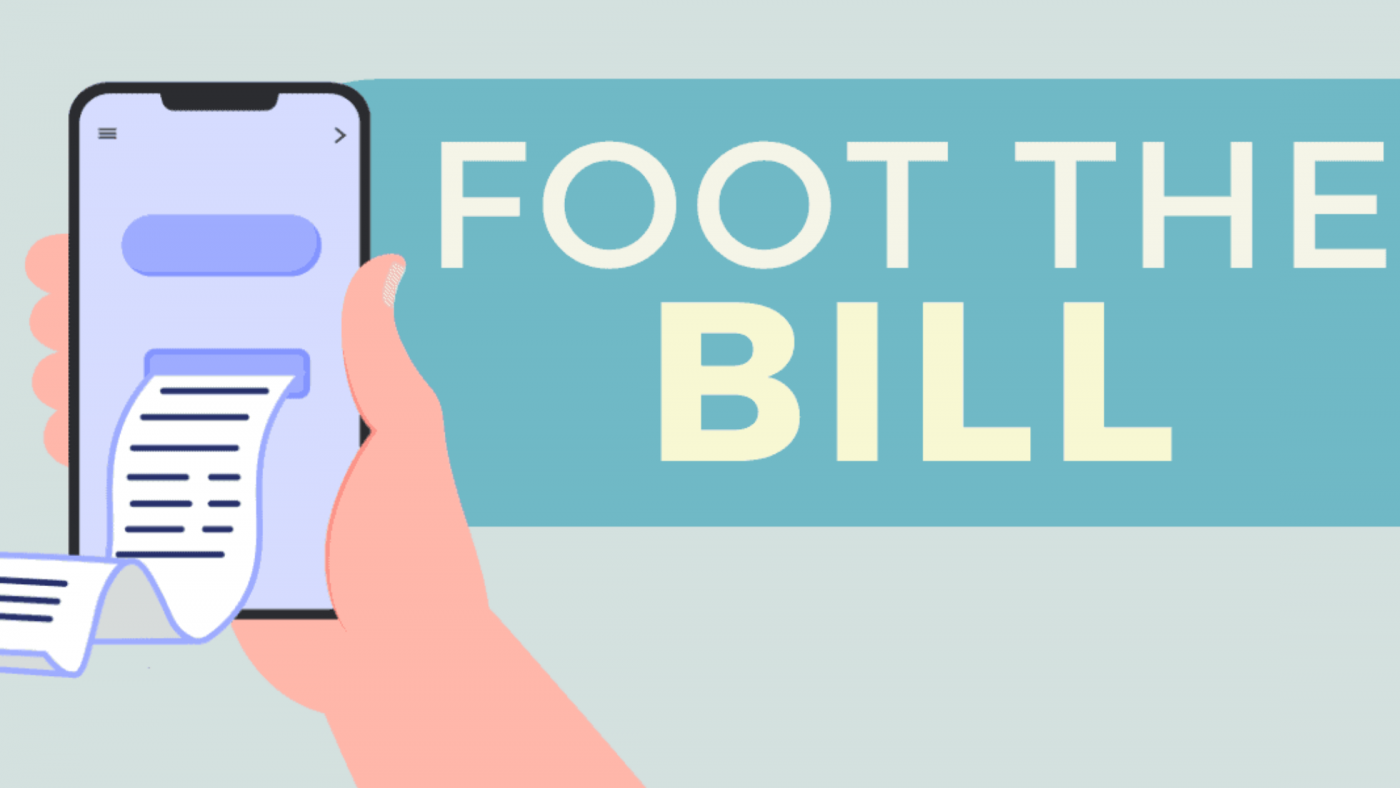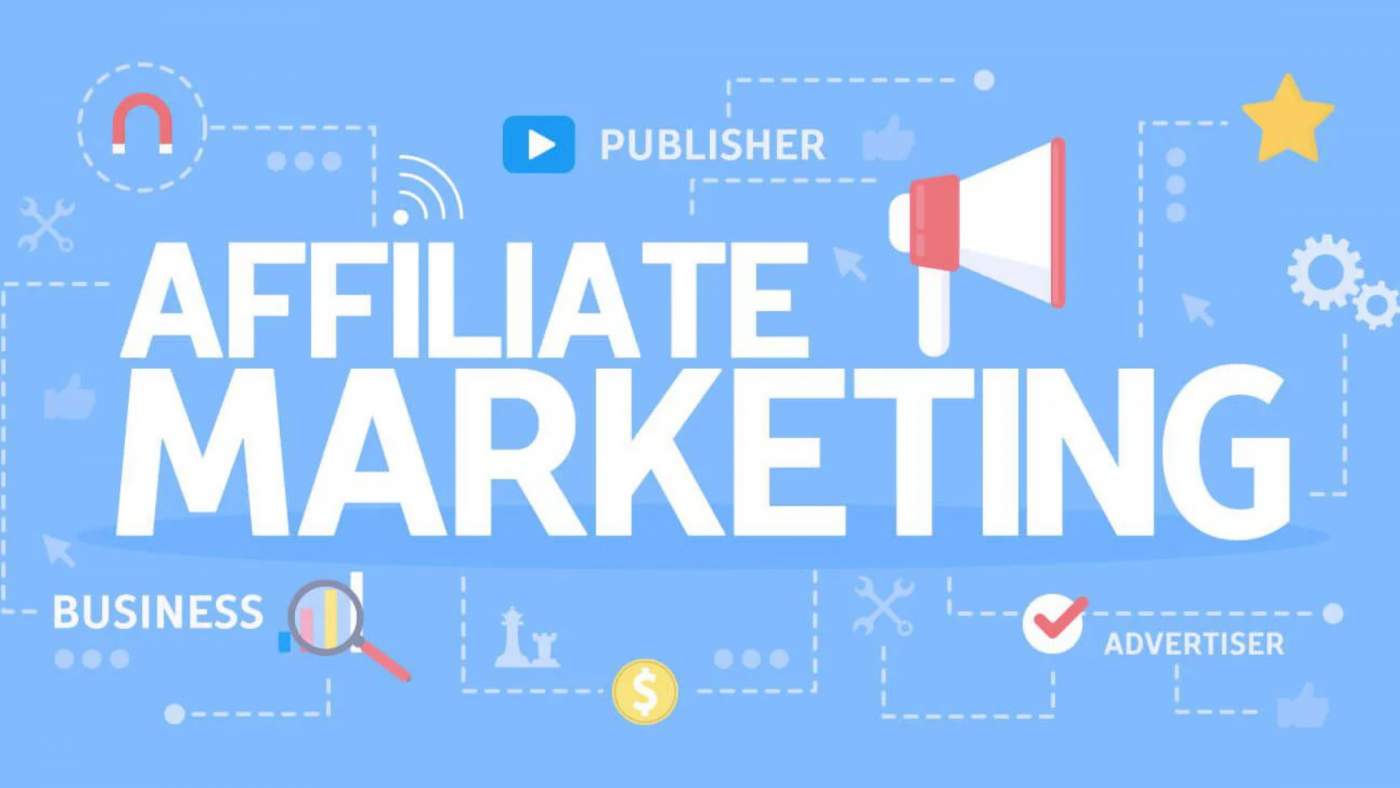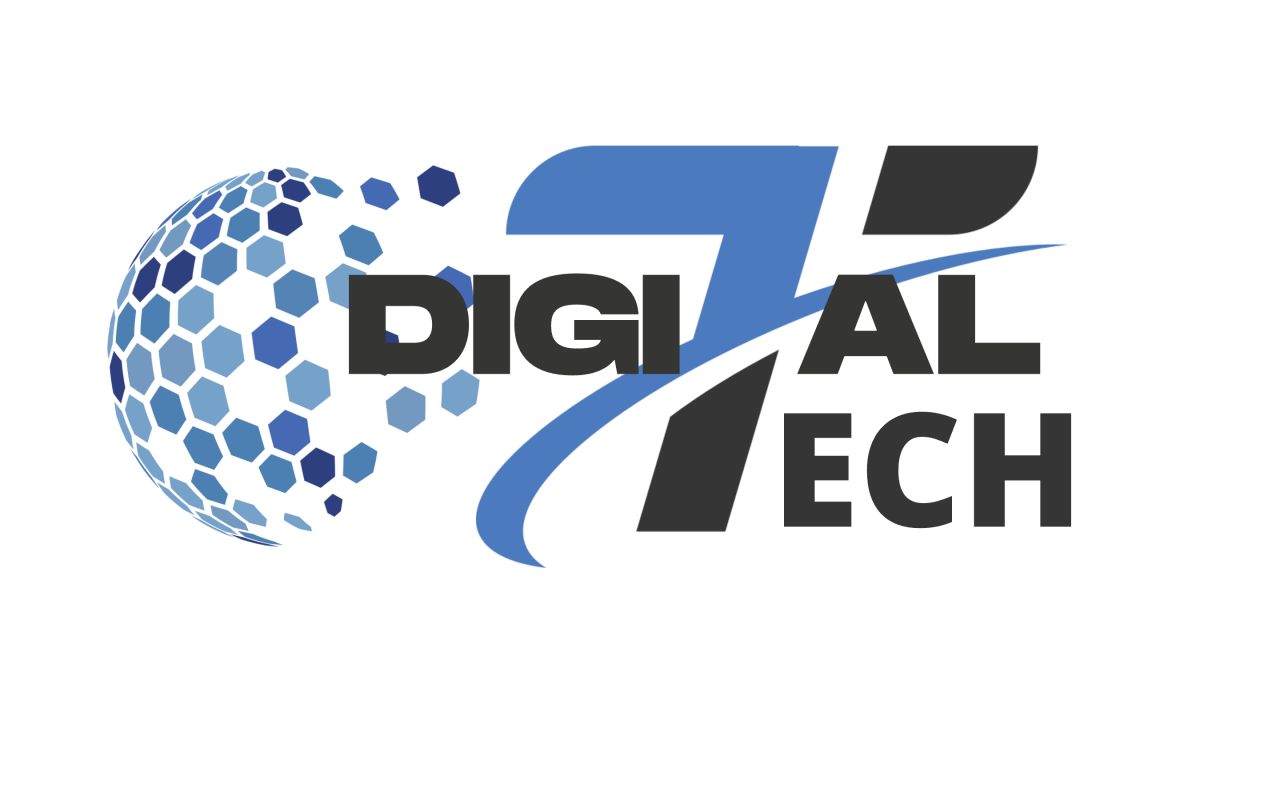Content monetization for news publishers and media houses presents unique challenges. It’s also mixed with reduced attention spans, poor ad experiences, changing reader behaviors, ad revenue fluctuations, and digital platform rivalry.
News publishers should devise a complete plan for monetizing their content that goes beyond placing advertisements and concentrates on developing their brands for the audience of the future.
1. What is content monetization?

What is content monetization
The process of earning money from digital content you produce, be it text, podcasts, videos, photographs, or anything else, is known as content monetization. The largest social media platforms depend on their members to produce content, frequently at no cost.
Users engage in this activity for enjoyment or to increase their social capital (via a following) or personal brand. Through content monentization, authors can recoup a portion of the earnings from their creations.
In the past, rather than using social media sites directly, third-party services handled the majority of content monetization. However, a few social media platforms, such as Medium and Quora, are starting to provide premium and paid options that return a portion of the revenue to the authors. Additionally, YouTube offers built-in monetization, enabling producers to make money through advertising.
2. Who foots the bill for monetizing content?

One crucial question must be asked in order to comprehend content monetization: who pays? As an illustration:
- Certain models of content monetization require payment from the content user. You’re making money off of their interest in your information, which they often have for entertainment, education, or inspiration.
- Others are paid for by a third party. It makes sense for brands to use your audience to spread their message because you’re drawing attention. Companies that sell goods to consumers in your target market are particularly drawn to curated audiences. One could discover, for instance, that investment apps would be eager to collaborate with a personal financial trainer.
3. Advantages of Content Monetization
- Make money from your material, either full-time or as a side gig
- Earn money doing what you love and creating
- Give folks the option to contribute to your work if they are interested in it
- Give yourself more time and energy so that you can create more
4. Cons of making money off of your material
Unbelievably, there may be drawbacks to monetizing content. As an illustration:
- Excessive amount of affiliates or advertising. 74% of respondents said they’ve had enough advertisements on content websites and social media
- Feeling that results from work aren’t coming through fast enough. 60% of artists believe they are underpaid and overworked
- Realizing after putting in the effort to commercialize that it is not worthwhile. Indeed, only 35% of full-time producers feel their income reflects the amount of work they do, and 46% of them earn less than $1,000 annually.
- In many cases, the most common forms of monetization have a fundamentally rigged game. Months of diligent labor can be wasted when social media networks abruptly change their policies, causing your traffic or followers to vanish.
- Your creative freedom and enjoyment may be taken away when you feel under pressure to produce content that appeals to your affilates or advertisers.
It’s likely that every content monetization approach you use will impact your brand and creative process in some way. Choose a monetization strategy that works for you and your brand.
5. Content Monetization for News Publishers and Media Houses
1. Subscription Models: From cent to $$$
Numerous independent news publishers and enterprise media companies have adopted subscription models in order to directly profit from their readership. Enticing readers to subscribe can involve providing them with access to archives containing articles focused on research, premium content, and exclusive pieces.
Furthermore, using membership programs or tiered subscription plans with benefits like ad-free browsing or access to exclusive events might eventually raise subscription prices for news websites. In the long run, subscription models can be gradual source of income and often beat ad revenue because they are typically cumulative.
Recommended Tools:
- Zlick.it
- Google Reader Revenue Manager
- Conscent.ai
2. Advertising

News publishers can maximize their ad inventory by using techniques like programmatic advertising, native advertising, and video advertising, even though traditional display advertising revenue may vary. As they offer readers value and are seamlessly linked with content, new-generation advertising formats are becoming more engaging and can boost ad effectiveness.
Recommended Tools:
- Setupad
- iZooto
- Playwire
- Monetizemore
3. Branded Content and Sponsored Content
Long-term partnerships with sponsors to provide sponsored articles or branded content can give news and media publishers another source of income. This form of content monetization can help brands make the same amount of money from content as they do from advertising. especially with the growth of homegrown brands. To retain reader credibility, it is imperative to uphold editorial honesty and transparency.
Recommended Tools:
- Socialnative
- Influence.co
- Cision
4. Events and Conferences

Media outlets can make a lot of money by holding conferences, webinars, or other events pertaining to the news. Events can make a substantial profit by charging admission, obtaining sponsorships, and offering advertising possibilities. They can also give participants useful networking and educational opportunities.
These are typically relevant to specialty news publishing websites, particularly those in the real estate, startup, finance, and education sectors. Media companies can use their audience to promote offline events and webinars online.
5. Licensing and Syndication
By granting licenses to other media sources or syndication networks for their stories, images, and videos, news publishers can make money off of their content. By doing this, they are able to reach new audiences and make money off of previously created content. Certain websites, such as Shutterstock, compensate content creators for submitting their video.
Recommended Tools:
- Syndigate
- Storyful
- BBC News Syndication
6. Affiliate Marketing

When users use affiliate links to make purchases, news publishers can receive a commission when such links are integrated into stories or product evaluations. However, in order to keep readers’ trust, it’s critical to openly disclose affiliate relationships.
When readers click on auto-generated affiliate links based on your news content and make purchases on the merchant website, news websites can earn a substantial amount of affiliate revenue. As an alternative, news publishers can place advertiser links and banners by registering with affiliate networks such as Rakuten, ShareaSale, CJ, and Impact.
Recommended Tools:
- Skimlinks
- Cuelinks
- Sovrn Commerce
7. Data Monetization
For news publishers, using reader data to provide marketers audience insights, tailored content recommendations, or targeted advertising can be a lucrative revenue source. To preserve reader trust and reader privacy, however, rigorous adherence to ethical data practices and privacy legislation is essential.
Recommended Tools:
- Permutive
- Lotame
8. Crowdfunding and Donations
Certain news outlets have effectively incorporated crowdfunding or donation-based business models, enabling people to make monetary contributions in support of independent journalism. Websites like Patreon or Kickstarter, which provide a direct line of communication for supporters, can help these initiatives.
9. Use a Digital Experience Platform
An company can manage and provide tailored digital experiences across a variety of channels, including websites, mobile apps, email, social media, and more, with the help of a Digital Experience Platform (DXP). DXPs use a variety of digital tools and technology to give users unified and interesting experiences all along their trip.
- Quintype
- Crownpeak
- Contentful
6. Why Should Media Companies and Publishers Adopt New Content Monetization Techniques?
News and media organizations need to come up with fresh approaches to content monetization for a number of reasons.
1. Adapting to Changing Consumer Behavior
The way that consumers behave is always changing; more and more individuals are getting their news from digital sources. It may be neceessary to develop new monetization strategies specifically for digital platforms and mobile devices in order for news and media organizations to respond to these developments by providing customers with fresh and creative ways to access and interact with their content.
2. Addressing Declining Advertising Revenue
The emergence of social media platforms and the dispersion of consumers across several digital channels have put strain on publishing houses and media firms’ traditional advertising strategy in recent years. The financial strategy of news organizations can be ensured by developing innovative content monetization solutions to counteract the drop in advertising revenue.
3. Meeting Audience Expectations
Customers of today want tailored and interesting content experiences, and they are more and more prepared to pay for superior content that appeals to their interest and demands. Publishing and media companies can better satisfy the needs of their audience and generate more income by providing premium content and value-added services through subscription models or membership programs.
4. Building Brand Loyalty and Engagement
Subscriptions and membership plans are examples of content monetization techniques that not only increase income but also foster closer bonds with viewers and readers. Publishing and media companies can encourage increased brand loyalty and engagement among their members by providing access to events unique material, and other benefits. This can eventually lead to long-term revenue growth.
5. Adapting to Industry Disruption
A number of factors, including the introduction of new competitors, shifting consumer preferences, and technology advancements, are significantly disrupting the publishing and media industries. In order to stay ahead of the curve and maintain their relevance in the digital age, publishing and media agencies need to constantly innovate and experiment with new monetization tactics in order to remain competitive in this changing landscape.
News publishers and media companies can improve their content monetization efforts and guarantee long-term survival in the digital age by combining these techniques and staying flexible in response to market changes.

